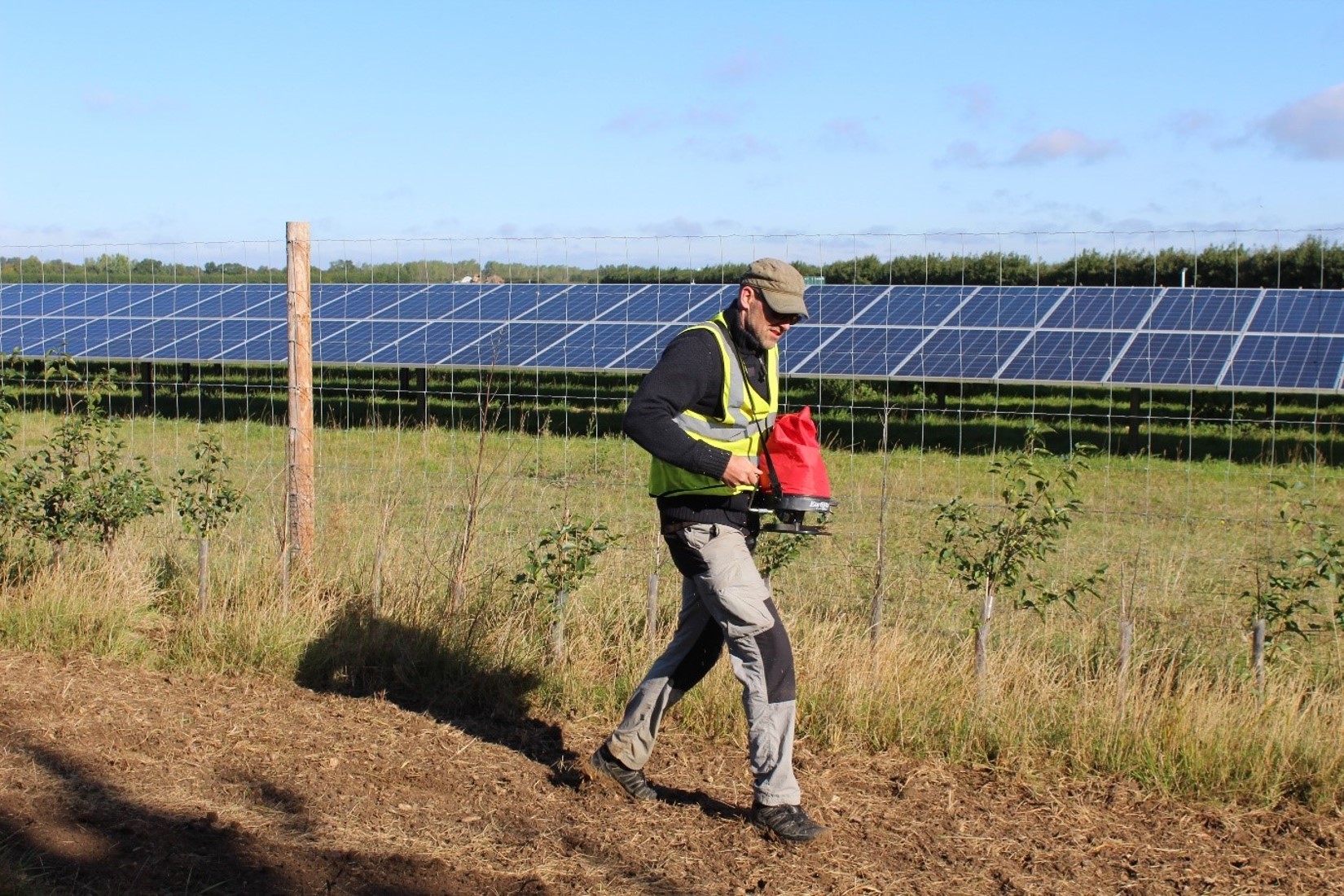The UK has become one of the first countries to introduce a biodiversity net gain requirement. This provides an opportunity for renewable energy companies, such as NextEnergy Capital, to build on their existing commitments to sustainable land use, and improve the local environment around new infrastructure projects.
The new rules are being introduced as part of the Environment Act (2021), which came into force on the 12th February 2024. This groundbreaking move aligns with NextEnergy Capital’s existing commitment to sustainable land use practice, and presents opportunities for investors in utility-scale solar.

What is Biodiversity Net Gain ?
BNG is described by Natural England as ‘an approach to development, land and marine management that leaves biodiversity in a measurably better state than before the development took place’.
In the context of a solar farm development, biodiversity net gain in practical terms translates to enhancing the ecological value of the site. For instance, it could involve expanding the habitat space around the solar farm, providing a more conducive environment for plant and animal life compared to its pre-development state. Achieving this involves careful design and targeted measures aimed at creating or enhancing habitats, such as wildflower meadows or establishing hedgerows.
What does this mean for utility-scale solar?
Responsible developers such as NextEnergy Capital already seek to improve biodiversity on their sites wherever possible. However, as of February 12th 2024, the new rules make delivering 10% BNG a mandatory condition for planning permission to be granted.
To measure biodiversity changes, solar farms will need to include a biodiversity calculation before applying for planning permission – in other words, in their pre-development state. This will quantify and value the habitats present on site before construction.
Undertaking habitat surveys to inform planning permission is already standard practice, and, prior to BNG being made mandatory, NextEnergy Capital’s approach for the past year has been to submit BNG calculations as part of planning. This is helping us to understand the impact our solar sites are having on nature.
Compliance Market
In the UK, NextEnergy Capital’s solar assets are typically sited on low-grade agricultural land. Alongside the relatively small footprint of solar infrastructure, this combination lends itself to achieving BNG requirements. Indeed, a well-designed and managed solar farm could deliver more than a 10% net gain.
The compliance market is one aspect of the new BNG system where there is the potential to trade excess biodiversity gains. This means that if a project cannot meet the 10% requirement, it could buy excess units from the compliance market, or statutory credits from Natural England.
This innovation has the potential to provide an incentive for renewable energy companies, such as solar developers, to maximise the benefits of their projects for the local environment, over and above the clean, affordable energy solar provides.
Photo Credits: Wychwood Biodiversity
